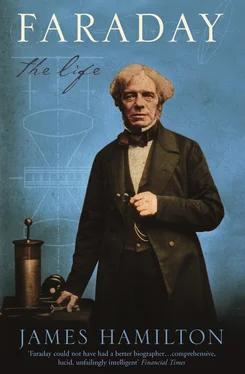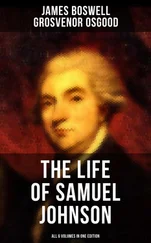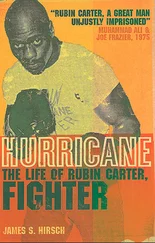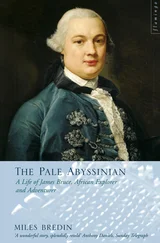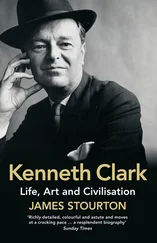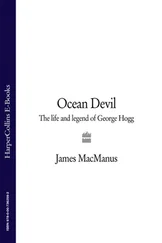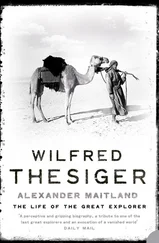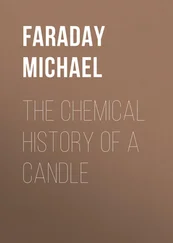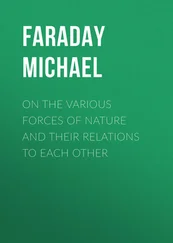Outhgill is in Mallerstang, the long, wide, green valley of the River Eden. Coaches travelling to Appleby, Penrith and Carlisle passed along the valley, a northern spur of the only practical route through the hills between Sedbergh to the west and Richmond forty miles over the Pennines to the east. In the year of Robert’s birth, life began to change for James and Margaret. There was a long drought in 1788. It had been a beautiful warm spring, but by the summer they were looking and then praying for rain. Their green Eden grew brown, sheep and cattle died, and the coaches came less often because there was not enough hay for the horses. Then came the autumn frosts, and the worst winter anywhere in England for years. 8For two weeks in December the valley was icy and empty of traffic, and there was no work for the smithy.
The next summer came news of the revolution in France, the mob storming the Bastille, and Louis XVI fleeing Versailles. Then little bands of ill-dressed soldiery marched up and down the valley en route for Carlisle, or Leeds, or London. The prospect of war was frightening, but the presence of poverty was far worse. So, approaching a monumental decision that would change their and their children’s lives, James and Margaret Faraday considered moving to a city. They talked and prayed with the Elders of the church in Kirkby Stephen, made their choice, and prepared to move to London. Margaret was pregnant when they left Outhgill. The slow passage from the north to London was Michael’s first journey. Conceived in Westmorland, he was born in rented rooms near the Elephant and Castle inn, south of the River Thames, on 22 September 1791.
James and Margaret Faraday brought their children up in the exclusive Sandemanian faith in Christ, keeping themselves to themselves, and walking every Sunday to the neat but severe Sandemanian chapel in Paul’s Alley, a dark passage running north from St Paul’s Cathedral, and permanently in shadow. The congregation had an unequal struggle to keep their chapel neat and clean, for Paul’s Alley, as recalled fifty years later, was ‘a narrow, dirty court, surrounded by squalid houses of the poorest of the poor’. 9When questions of temptation, sin, goodness or example arose in the family, they turned to the Bible for an answer. The family Bible (now in the Cuming Museum, Southwark) was their greatest treasure, and in it they recorded their family’s births and deaths. When they opened their Bible, they always found enlightenment and never questioned. Sandemanians followed the lead of the Scottish linen-maker turned divine, Robert Sandeman (1718–71), and dissented from the established churches of England, Wales and Scotland. These they believed were governed against the teachings of the New Testament, were corrupt, and administered as part of the worldly state rather than the kingdom of God.
Sandemanians preached love and hope rather than hellfire and damnation, but it was a tough love. Though they all came together in the aisles to pass the kiss of peace to each other at their services, and washed each other’s feet as a sign of humility, they demanded unanimity in church decisions, which was secured by ‘excluding’ minority dissenters; that is, throwing them out. This was a severe interpretation of 1 Corinthians 1.10, ‘Now I beseech you, brethren, by the name of our Lord Jesus Christ, that ye all speak the same thing, and that there be no divisions among you; but that ye be perfectly joined together in the same mind and in the same judgement.’ The teachings of the Bible were literally and strictly true in Sandemanian belief, which preached an intellectual rather than an emotional response to scripture. In the passage from 1 Corinthians, ‘perfectly joined’ was the rub. Any variant interpretation of scripture was forbidden, to the extent that Sandemanians refused to hold communion with any who did not perfectly agree with them.
The Sandemanian faithful dined together in a Love Feast in the chapel’s spotless dining room, or at each other’s houses on Sundays, between morning and afternoon worship, and would not eat the meat of any creature that had been killed by having its neck wrung, as the blood of the creature had to flow at death: this followed instruction in Acts 15.20. Games of chance were also banned, because to Sandemanians the lot was sacred to God, and property, they believed, was common to all. As a small sect, despised or at best dismissed by the established church, they stuck together, intermarried and assisted each other in welfare, housing and employment. 10
Sandemanian services, which ran all day, with a break for the Love Feast, followed a strict pattern. They began with a roll-call: all members had to attend on Sundays, or answer for it to the Elders. Study of the Bible took no account of the established church feasts – Christmas, Lent, Easter – but led by the Elders the congregation read the Old Testament through chapter by chapter from Genesis 1 to Malachi 4, and the New Testament from St Matthew 1 to Revelation 22. When they reached the end they started again at the beginning. 11Under the eyes of their Elders, seated in two raised rows of benches in front of them, the congregation conducted their worship as described by the non-conformist historian Walter Wilson in 1810:
After singing a hymn [this was voices only; there were no musical instruments], a member of the church prays; these exercises are repeated three or four times; one of the Elders then reads some chapters from the Old or New Testaments; this is followed by singing; another Elder then prays, and either expounds or preaches for about three-quarters of an hour. Singing follows; and the service is concluded by a short prayer and benediction … In the afternoon, the former part of the service is curtailed; but after the sermon the church is stayed to receive the Lord’s Supper, and contribute to the poor. When this is over, the members of the church are called upon to exercise their gifts by exhortation. 12
The Faradays cannot have stayed for long at the Elephant and Castle. During their first few years in London they lived in Gilbert Street, south of Oxford Street, and in 1796 moved across Oxford Street to the back premises of 16 Jacob’s Mews. 13The Mews was remarkable for one thing in particular – it ran behind the Spanish Chapel of the Spanish Embassy, the one place in London in which Roman Catholics could worship legally before the Catholic Emancipation Act of 1828. For Sandemanians this was an extreme juxtaposition of religious practice; no more extreme could they know. In London, as in Westmorland, the Faradays balanced on the edge of poverty. However hard he worked – and his ill-health was a further handicap – James Faraday found it near impossible to support his family, certainly impossible to get anywhere better to live than rented rooms above his smithy.
In 1804, when Michael was thirteen or fourteen, he had to put his schooling behind him and begin to earn some money for the family. He found a job as an errand boy for George Riebau, a Huguenot émigré bookbinder and bookseller in Blandford Street, sixty seconds by an errand boy’s swift run from the Faraday smithy. 14As a Huguenot, Riebau was also a member of a Protestant community which, like the Sandemanians, gathered together to protect itself against external aggression. But Riebau was also an activist in radical politics. He published radical religious and political tracts, including translations of the religious writings of Emanuel Swedenborg by Robert Hindmarsh, a founder of the Swedenborgian church in London. He also wrote a memoir, now lost, of Richard Brothers (1757–1824), who claimed to be the Prince of the Hebrews and ruler of the world. 15Brothers went so far as to demand that King George III give up his crown to him, and this led to his imprisonment as a criminal lunatic. Riebau, who became known on the street as ‘Bookseller to the Prince of the Hebrews’, and may have been a Swedenborgian himself, was also a member of the subversive London Corresponding Society in the 1790s. 16So the milieu that Michael Faraday was dropped into was a hotbed of religious dissent and radicalism, an exciting but dangerous place to be, and a place where curious, difficult, intellectual, cranky and dangerous people would gather, discuss and gossip, and where there were always interesting books and pamphlets lying about.
Читать дальше
